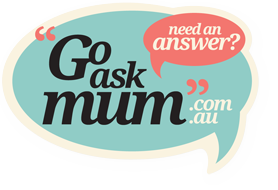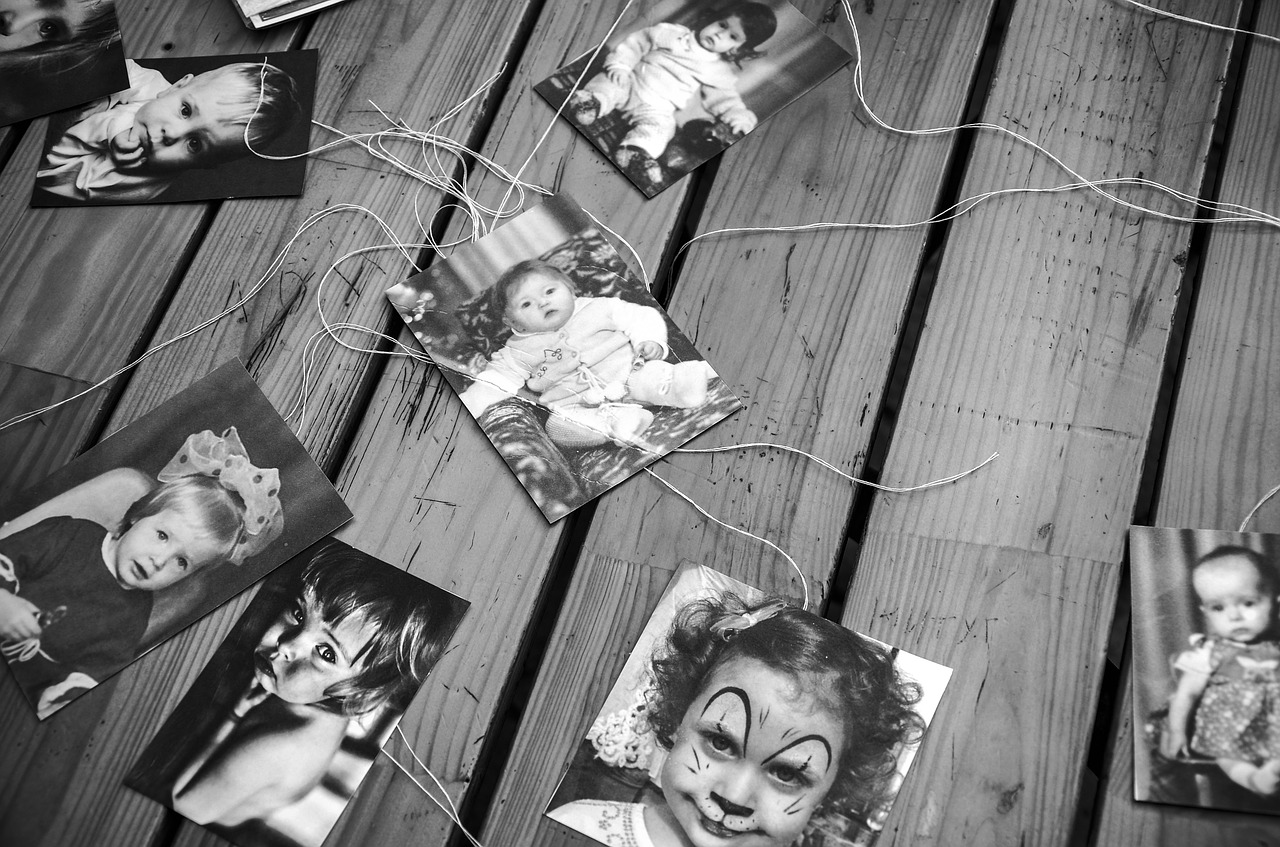This post is a difficult one to write because it deals with what predators look for when you post photos of your children online. This post is not meant to scare, but simply offer information on what you can do to protect your children’s photos being used indecently. If you or a loved one has experienced trauma with sexual abuse, this post may trigger an emotional response.
No matter how safe your settings are on Facebook or Instagram, any image of your child online is at risk of being used by a predator.
For example, tagging a friend in your child’s picture will allow the friends of the person tagged see the picture as well. While the notification is innocent, this simple action can allow your children’s photos be viewed by people you have never met.
Parents share all sorts of photos of their children each day on social media (I’m one of them!) and sadly, many may be unaware of whether their child’s photo has been exploited.
In 2016, Australia made world news after a website was found trading explicit images of school girls from Brisbane and Gold Coast high schools. The website had pages dedicated to local schools so men could be offered money to find more explicit photos of their favourite girls. The photos of these girls were used without consent and some are completely oblivious to their photos being used on the website.
When police come across such websites with children’s photos, they aren’t always able to locate who the photos belong to as IP addresses with overseas servers and false identities make it difficult to identify who the photos belong to. Unfortunately, there are sites that teach predators how to cover their tracks when stealing photos online.
Your child’s photo could be used in a pedophilia ring which police have uncovered but you may not even know about it because there is no identity trail.
Erin Cash, who wrote a great article on what to be wary of when sharing images of your children online, worked for a Task Force that busted pedophile rings and would arrest pedophiles.
Erin explains in her post,
“A pedophile or predator will not play fair, nor think like the average person. They therefore look at images and their erotic ‘potential’ differently to how the average population does.”
Erin then summarizes exactly what pedophiles are drawn to when they see images of children on social media:
1. Children in underwear, bathers, having a bath or in some state of undress. Even if the emoticons are placed on genitals, predators can photoshop genitals back into the picture. Just avoid sharing these images online if you do take them. They are best served as a memory preserved in a scrapbook.
2. Photos of children where their position in the image can be altered so they look like they are engaging in a sexual act. It could be a child bending over and smiling, or a photo where there is enough ‘white space’ for a male person to be photoshopped into the photo or wording can be added. These photos can be used for memes and can go viral in pedophile rings.
3. Children of well-known public figures or celebrities. Celebrities, and public figures who have a large social following are also targeted because of the amount of photos shared online and the attention it can draw to that person’s life. Erin explains, “Similar to a teenage crush of a pop star, these photos become a platform for imaginings, fantasies and lewd behaviours. The internet has now allowed predators to openly discuss their fetishes, and because they have the support of their monstrous tribe, they now have a place to ‘normalise’ and ‘strategise’ dysfunctional thoughts and fantasies.”
So what can parents do to protect the photos of their children? We live in a world where social media is part of everyday activities. Erin advises to consider these things when posting images of your children online.
What to consider when sharing photos online of your children:
1. Is there enough room on the picture where another person can be photoshopped into the image?
2. Is your child in a state of undress?
3. Is or are your social media pages public? Pedophiles can develop crushes on children of public figures even if the child is not in a state of undress. Consider making them private or if they are public, limiting the photos of your children shared on these public pages.
4. Teens shouldn’t share duck faces or distorted facial expressions on their social media pages as these can be altered to create a sexually engaged image.
5. Selfies or images of teens in underwear or swimwear are seen as valuable and a target by predators.
6. If your account or your teens’ account is public, friends can be lured to pay money for explicit images of your teen. Your teen can be coaxed by a friend they trust to share a personal image. What your teen may not know is that friend may have been offered money to get the image from your teen. Talk with your teens about what should and shouldn’t be shared between friends.
7. Always check the private settings on your social media accounts. They can change from time to time, so be vigilant in checking the privacy on them.
Healthy conversations need to be had between parents and teens on what images should be shared on social media and between friends. Parents also need to consider what impact sharing their children’s pictures on social media will have on their future.
If this post has stirred up emotions caused by sexual trauma, please speak to Lifeline, Reach Out or your local GP.










